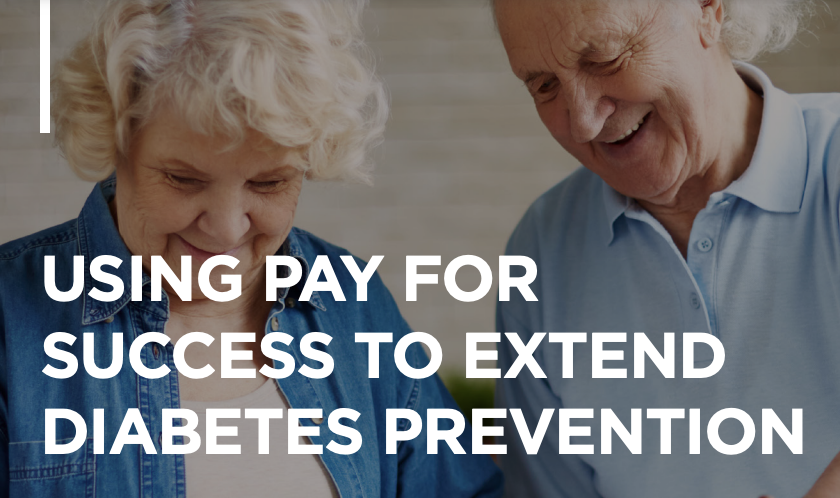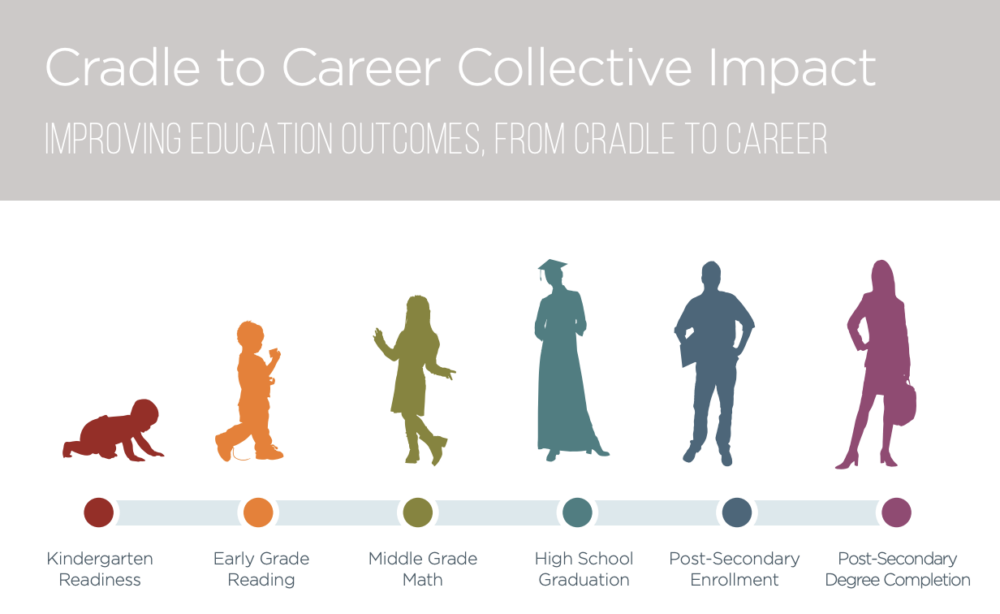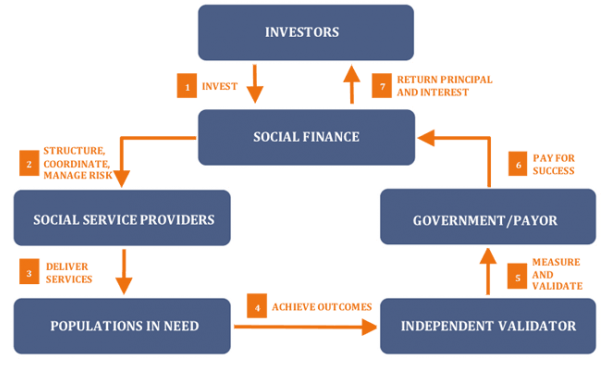
Using Pay for Success to Extend Diabetes Prevention
Type II diabetes prevention is drastically underfunded in the U.S. This brief investigates how Pay for Success (PFS) strategies can be used as a prevention tool to extend diabetes prevention.
Type II diabetes prevention is drastically underfunded in the U.S. This brief investigates how Pay for Success (PFS) strategies can be used as a prevention tool to extend diabetes prevention.
This report explores how four nonprofits, all funded by the W.K. Kellogg Foundation, approach the shift to outcomes-oriented government funding streams.
Read CEO Tracy Palandjian's op-ed with David Gergen about Pay for Success projects in South Carolina and Connecticut.
This Washington Post article describes PFS and how the model is being used in Connecticut, South Carolina, and Colorado to improve social outcomes.
This Stanford Social Innovation Review article discusses how the federal government, state governments, the philanthropic sector, and evaluators should combine their efforts to aid in the transition from PFS to performance-based contracts.
Jeff Edmondson of StriveTogether and Social Finance's Jeff Shumway collaborated to write this short piece on the potential of combining Collective Impact and Pay for Success.
Bank of America partnered with Social Finance to conduct a feasibility study that identified potential Pay for Success (PFS) projects to serve veterans.
This article from the Stanford Social Innovation Review explores the strengths and weaknesses of the U.S. Social Impact Bond field and highlights how the field can solidify Social Impact Bonds as a practical financial tool.
How and Why Philanthropy Is Catalyzing the Development of a New Market: Social Finance assessed the role that philanthropy has played and will continue to play in developing the Pay for Success market in the US.







